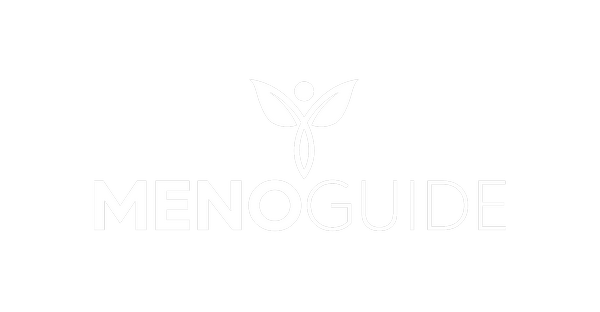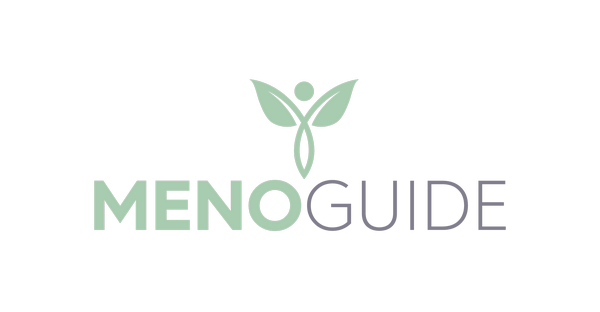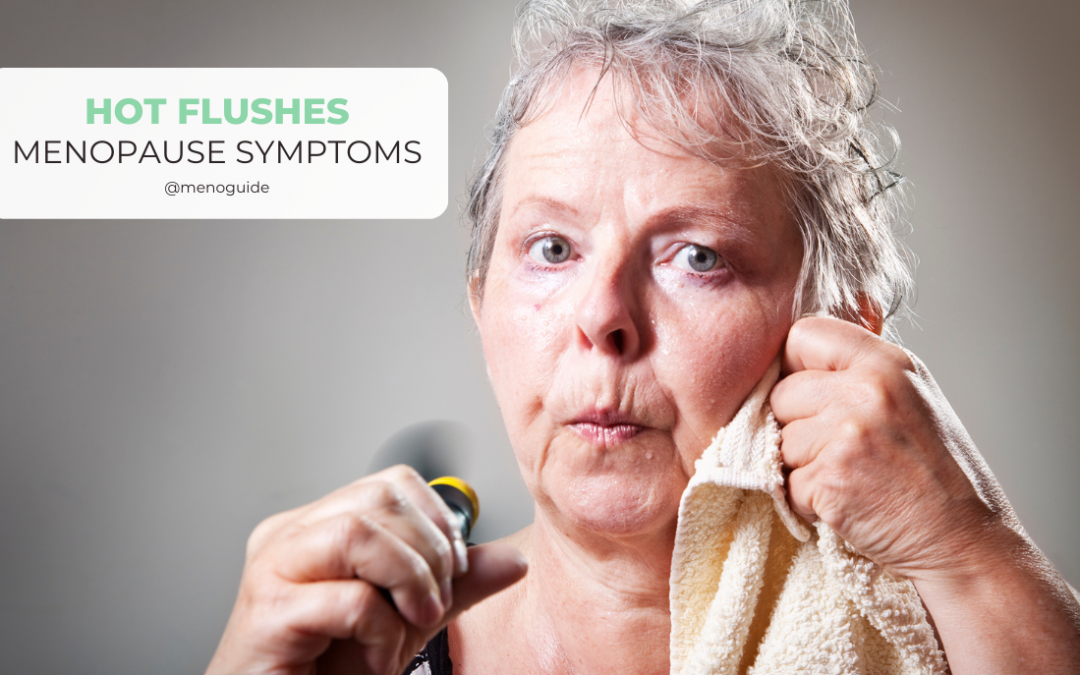Hot flushes, also known as hot flashes, affect up to 8 out of 10 individuals experiencing menopause. If you’re enduring these sudden heat episodes, know that you’re not alone. In this post, we’ll delve into the physiological changes behind hot flushes and provide valuable tips for gaining control over them.
Understanding Hot Flushes
Discovering the Experience of Hot Flushes
How do you know they’re hot flushes?:
- Rapid sensation of warmth spreading across the body and face
- Red flush extending over chest, neck, face, and head
- Sweating
- Mood fluctuations
- Reduced concentration
Duration of Hot Flushes
Duration and Frequency of Hot Flushes
Hot flushes can arise at any time, typically lasting several minutes with an average duration of around four minutes. They might occur a few times a week or as often as every hour. Nighttime occurrences are termed night sweats. Hot flushes can persist for years even after menstrual periods cease.
Managing Hot Flushes
Practical Strategies to Overcome Hot Flushes
To cope with hot flushes, consider these actions:
- Avoid Triggers: While hot flushes can be unpredictable, they may intensify after consuming alcohol, caffeine, spicy food, or during times of stress. Keeping a diary might help identify potential triggers.
- Dress Comfortably: Opt for light, breathable attire made from natural fabrics like cotton, silk, or soft wool. Loose-fitting clothing is preferable. Layering lightweight clothing during colder months allows easy adaptation during hot flushes.
- Layer Bed Linen: Maintain a cool bedroom environment by layering light blankets and sheets crafted from natural materials. 100% cotton sheets are typically cooling and comfortable.
- Utilise Fans: Keep a fan at your bedside and on your desk for rapid cooling. A portable battery-powered mini-fan or a traditional hand-held fan can also aid in staying refreshed.
- Carry Cooling Spray: Keep a small water-filled spray bottle within reach for a quick cooling spritz during hot flushes.
- Lukewarm Showers: Opt for warm rather than hot showers to avoid exacerbating hot flushes.
- Embrace a Healthy Lifestyle: Leading a healthy lifestyle positively impacts various menopause symptoms, including hot flushes. A balanced diet, regular exercise, sensible drinking habits, and not smoking also mitigate heart disease and osteoporosis risks, which rise post-menopause.
You can learn more about how to deal with hot flushes in this article.
Treatment Options
Exploring Potential Treatment for Hot Flushes
The severity and frequency of hot flushes differ for everyone. If self-care measures aren’t fully effective, alternative approaches may be considered.
- Supplements and Complementary Therapies: Some explore supplements and complementary therapies. Consult a GP before trying these, as interactions with other medications are possible. Acupuncture or relaxation techniques might provide relief.
- Hormone Replacement Therapy (HRT) and Medications: HRT, which replaces lost oestrogen, is the most effective treatment. Your GP can discuss its risks and benefits. Non-hormonal medications are available if HRT isn’t suitable. Consult your GP if hot flushes impact daily life.
Hot flushes can be a challenging aspect of the menopausal journey, but they are manageable. By understanding what triggers them and adopting practical strategies, you can regain control and find relief from these heat waves. Should self-care measures fall short, consider discussing potential treatments with your GP to ensure a smoother transition through menopause.


